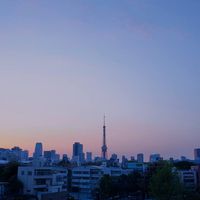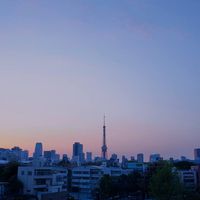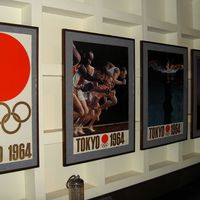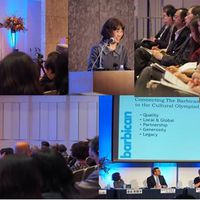ENCATC International Study Tour in Tokyo - Key Observations
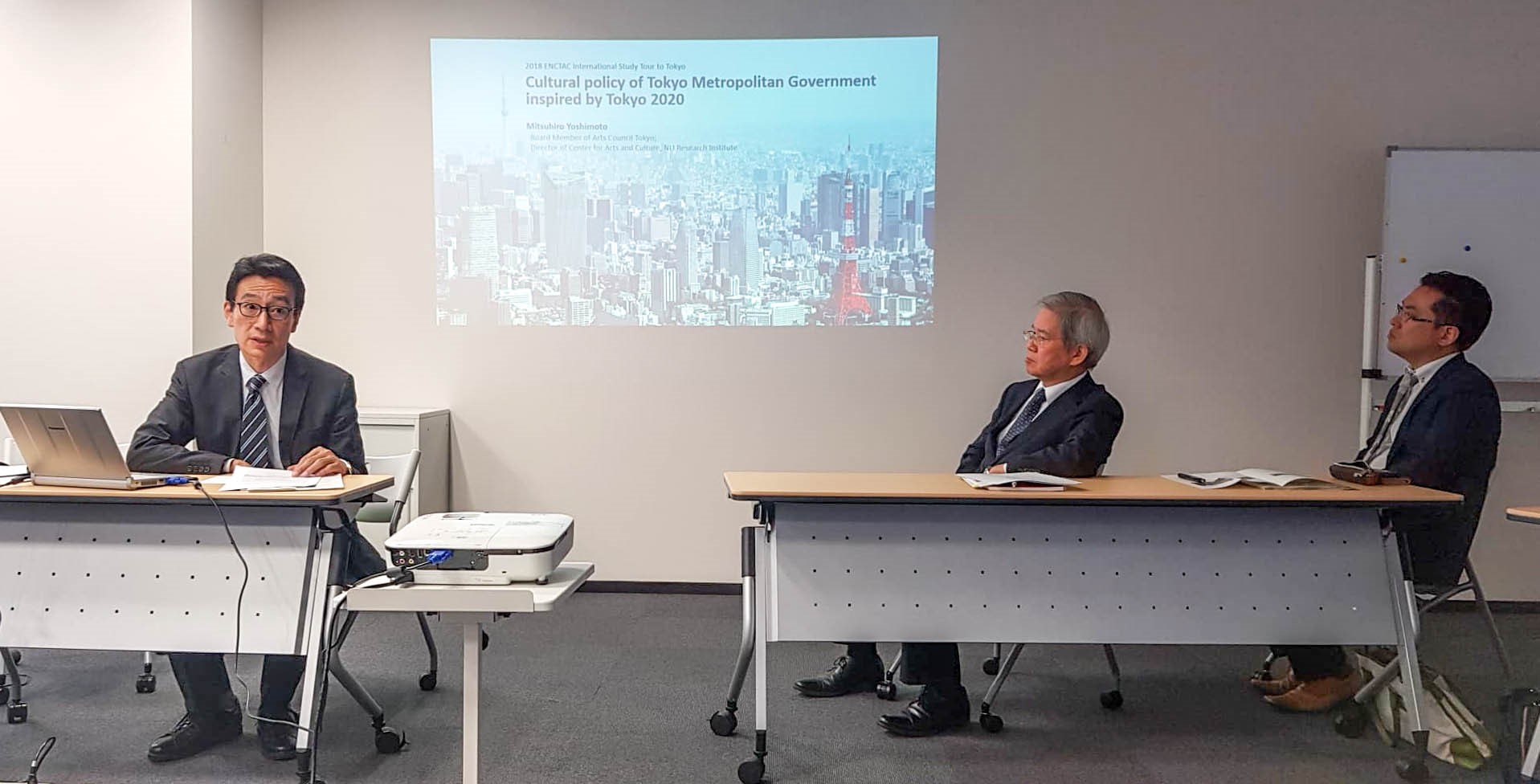
The 2018 ENCATC (European Network on Cultural Management and Policy) International Study Tour in Tokyo was held from 7 to 9 November 2018 and offered an intensive learning programme on the topic of cultural management and cultural policy in Japan. Ritirong Jiwakanon shares his experience of participating in this study tour.
The ENCATC Study Tour offered an insider’s view about Tokyo’s vibrant and fast-paced arts and cultural scene to understand what is happening right now to the Tokyo arts and culture movement, in the lead up to the 2020 Olympic Games and Paralympic Games. The 3-day programme was the second part of the ENCATC Academic Meeting on Cultural Policy & Cultural Diplomacy.
The programme was designed to learn about the various aspects of management in cultural institutions: cultural strategies, cultural implementation and promotion, policy making/planning, business models, partnership strategies, cultural resources, and visitors/audiences. The institutions included were the Japan Foundation for Regional Art-Activities (JAFRA), Arts Council and Metropolitan Foundation for History and Culture, Arts Council Tokyo, National Art Center, Tokyo, Digital Arts Museum at Mori Building and Yayoi Kusama Museum.
The objective of the programme was for participants to experience and explore the intense strategies and policy to promote traditional, modern and contemporary arts and culture of Japan to local and international audiences in the run-up to 2020 through the study trip along with dialogue and discussion with board members, directors, staff members and practitioners from many institutions.
Key themes of discussions on cultural strategies and policy
Role of the local governments in arts and culture
In the early 1990s, Japanese economy peaked during the bubble economy that caused asset inflation. During this period, Japanese people were looking at lifting up their spirit, rather than economic fulfilment. Therefore, taking advantage of the ample tax revenue and support measures from the central government, Tokyo’s local government constructed new public halls, theatres, and museums. In 1994, Ministry of Home Affairs (currently Ministry of Internal Affairs and Communication) initiated to establish the Japan Foundation Regional Art-Activities (JAFRA) in cooperation with the Local Government Union - National Government’s Association to facilitate:
Invigoration of regional art activities: The programmes cover 5 categories of arts - classical music, theatre play, contemporary dance, Hogaku (Japanese traditional music) and art exhibitions. Many young artists were registered to perform outreach activities and sent to perform on the demand of local halls and theatres. Interestingly enough, performing arts sector was more recognised than the visual arts sector, according to the need of the use the public space like halls and theatres in prefectures all over the country. Moreover, performing arts also can directly connect people-to-people and easily build up strong communities.
Training for staff: “Stage Lab” is a training programme designed for the staff of local halls and theatres to understand the planning and management of public cultural facilities through workshops and group discussions, coordinated by experts from relevant fields, so they are able to manage and operate independently.
Research and information: JAFRA conducts surveys of the current situations of public cultural facilities and research studies that provide solutions to challenges of regional art activities, including publishing an annual magazine and a monthly newsletter. A summer festival is also hosted along with seminars and symposium.
Preservation of regional traditional arts: JAFRA provides financial support for visual archiving of regional arts.
Arts and culture projects in the lead up to 2020
In December 2006, Tokyo Council for the Arts was established by the Tokyo Metropolitan Government to promote comprehensive and effective culture policy, which was continuously developed through several projects, such as the Tokyo Culture Creation project, Festival project, and Kids project, Tokyo Airpoint project, and Networking project. Finally, in 2012, the Arts Council Tokyo was established by the Tokyo Metropolitan Foundation for History and Culture to turn Tokyo into a globally recognised cultural hub.
Arts Council Tokyo develops a variety of programmes to encourage the creation and dissemination of arts and culture and to promote Tokyo as an international city of artistic and cultural attractions by implementing programmes that explore Tokyo’s originality and diversity, promoting international cultural exchange and providing opportunities for promising young people to participate in arts and cultural scenes. To make this possible, Arts Council Tokyo implements programmes in accordance with the Tokyo Council for the Arts policy proposal and Tokyo Metropolitan Government cultural policies. These 3 organisations work closely to bring Tokyo and Japan to the attention of the world. Therefore, before the 2020 Olympic Games begin, the Arts Council Tokyo has intense tasks to complete which are:
- Cultural programme in the run-up to 2020: Many selected projects have received grants to create opportunities for many artistic practitioners to participate in cultural programmes.
- Grants for Tokyo-based creative activities, community cultural activities, and activities focussed on social and urban issues: Financial assistance provided to artistic and cultural organisations with the ability to represent Tokyo’s arts and culture nationally and internationally.
- Creating Tokyo’s arts and culture and promoting it worldwide: It is an implementation plan in partnership with artistic and cultural groups and art-focused non-profit organisations. All activities will be promoted worldwide in the form of festivals for performing arts, music, fine arts, film, and theatre.
- Tapping Tokyo’s cultural power for earthquake recovery: The aim is to support the recovery of the cultural environment in affected communities in the east Japan earthquake area.
- Arts education: Educating future leaders to like communities to the arts.
- Building international networks and improving Tokyo’s presence as an international city, wherein collaborations between organisations and institutes from Japan and other countries are initiated.
Interestingly, since Japan has been selected by the International Olympic Committee (IOC) to organise the Olympic and Paralympic Games in 2020, many arts and cultural activities and programmes have been carefully planned to promote the country, not only to the visitors to Japan but also to the citizens of Japan. For some reasons, the idea to invest in arts and culture that truly connect people-to-people is a smarter way of thinking because the arts and culture will stay longer with the people from generation to generation, than looking at this massive event as a benefit for tourism only.
However, the plan will not be ended in 2020. The programmes will continue until 2025 and then things will be revised and reconsidered.
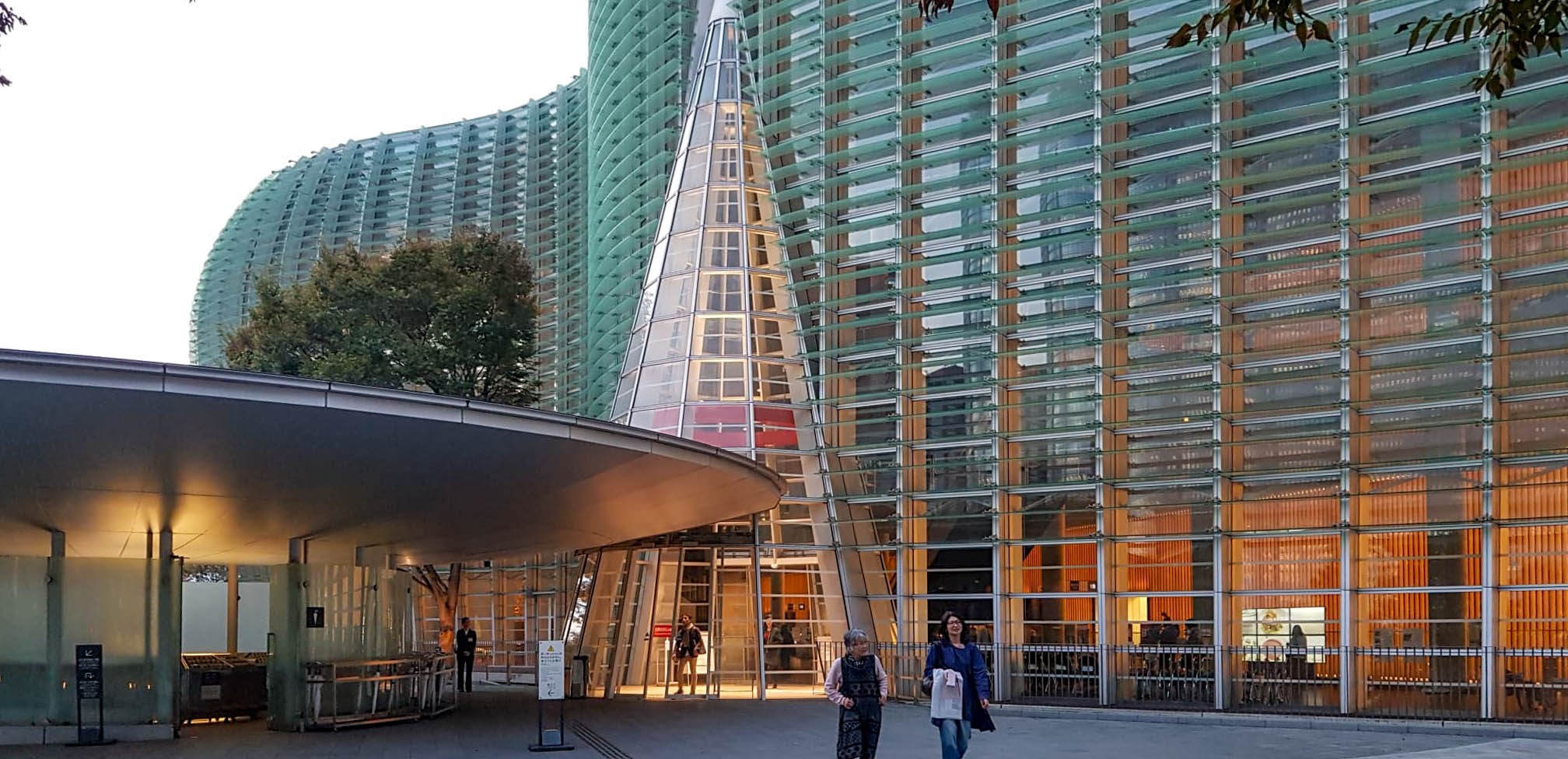
Art space in Tokyo
The Independent Administrative Institution National Museum of Art is the core of 5 art institutions. The National Art Center, Tokyo (NACT) is one of them. This enormous facility presents art exhibitions, art activities, and a library. Exhibitions are organised by NACT or co-organised with other institutions.
Pop culture in Tokyo
Going through Japanese Otaku culture at Akihabara was a true experience of Japanese pop culture. Many cultural resources were mentioned via media and modern lifestyle in several forms, such as underground idols, gaming, Japanese music, and anime. Some people might get a culture shock in this environment by not understanding how these “cultural products” got involved in Japanese daily lives. However, Japan has been successful to promote Japanese culture rapidly by using this “soft power” to connect to the world economically and socially.
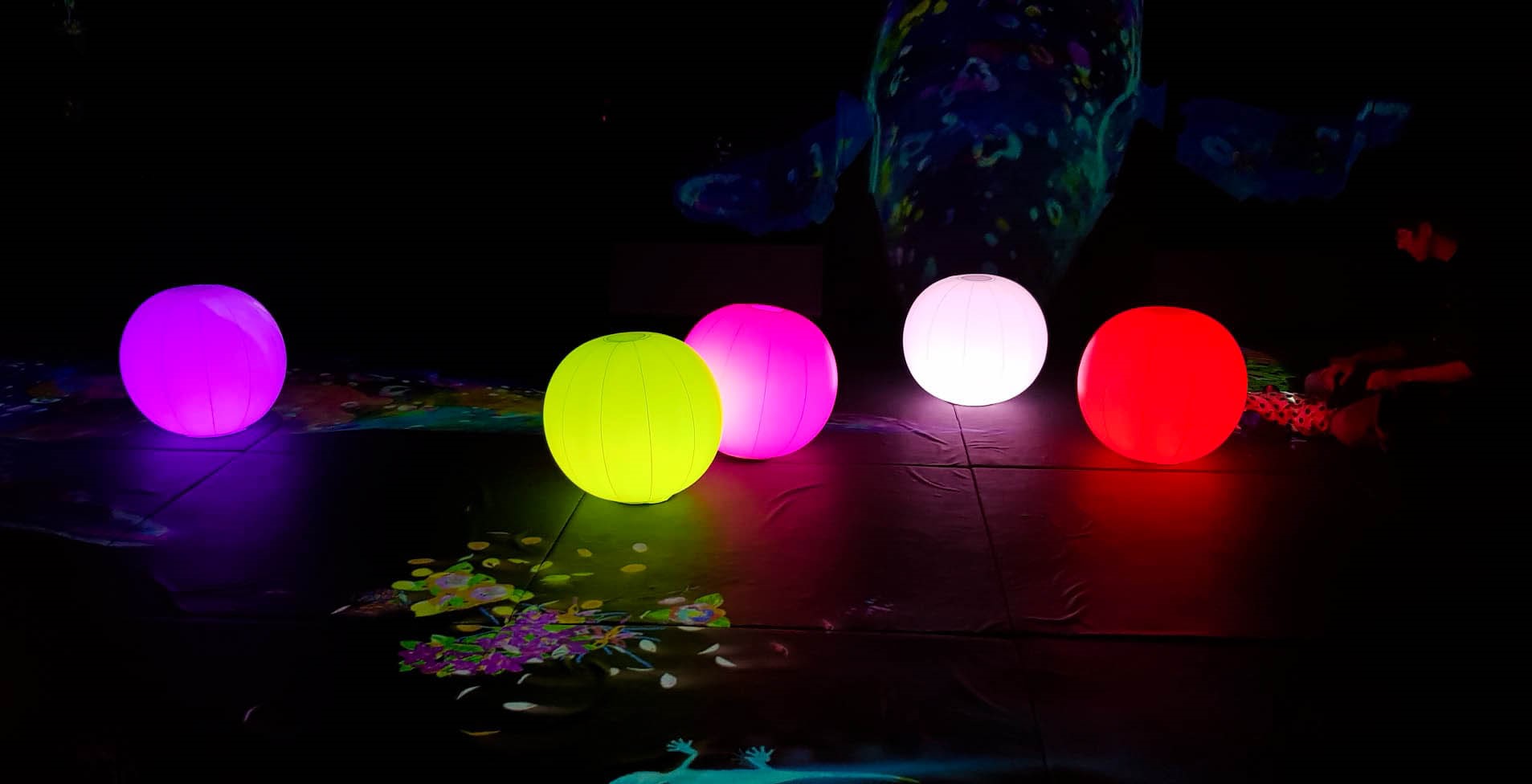
New technology and the arts
Digital Arts Museum is a good example for the new era of museums today. This is where art and technology collide and create a new experience aesthetically to visitors with no boundaries, leaping ahead of traditional display of art objects with captions.
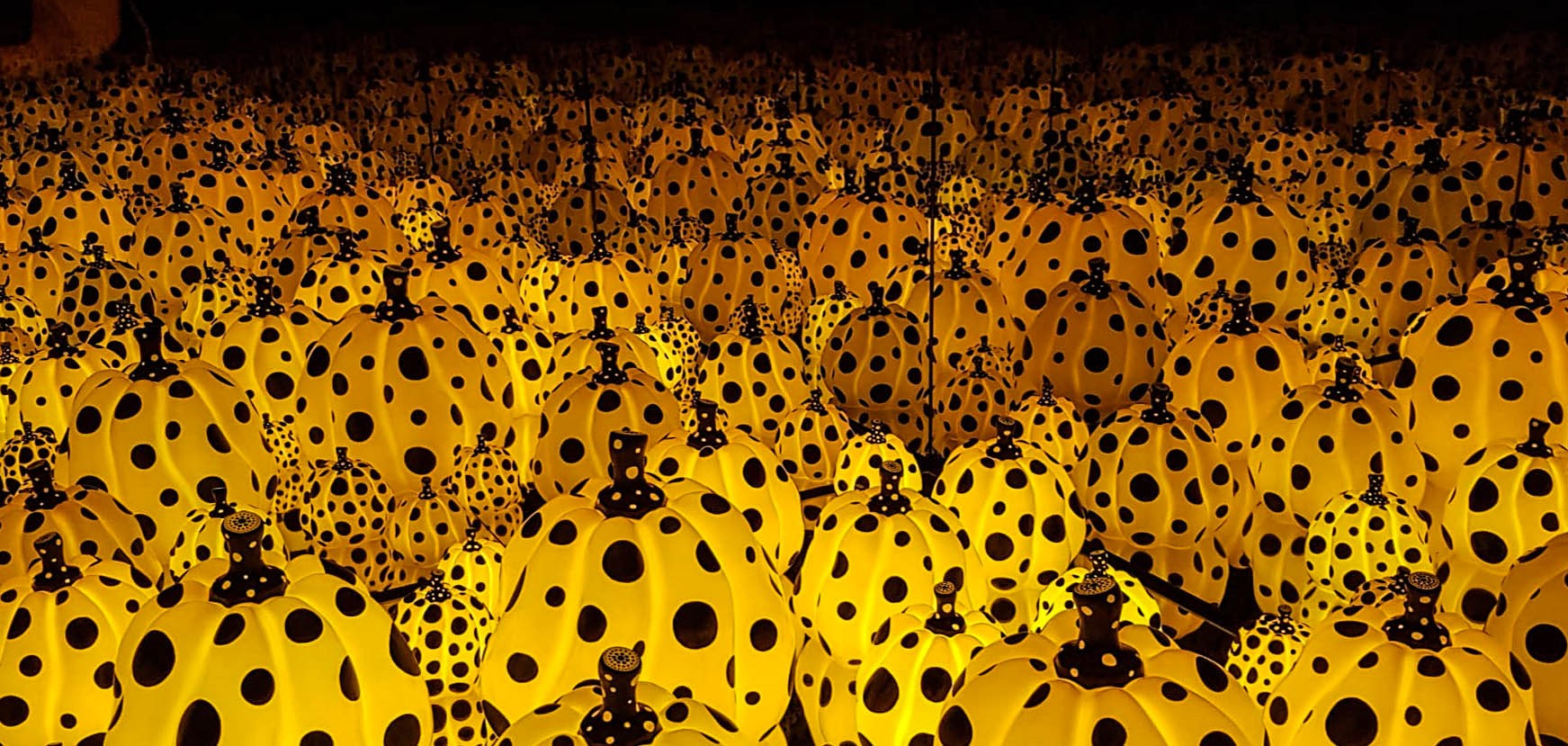
Marketing of the private museum
How to encourage art visitors to visit a private museum? Yayoi Kusama Museum has been very successful in this area, not only due to its exceptional collection but also due to its marketing and promotion activities which draw visitors from all over the world. By exporting its art collection to global showcase platforms nowadays, they have managed to create a large number of art lovers, who are keen to visit the museum in Tokyo. In addition, the museum management also boosts the visitors’ yearning to experience the arts within the specially-designed space by the artist. The appointed 30 visitors at a time are allowed to enter the beautiful 5-storey museum building to appreciate the works of art within 90 minutes and the tickets need to be booked in advance. The well thought through exhibition management and marketing somehow provide a complete value to the work of arts.
From the experience of the study trip, it is possible to organise a similar study trip to appreciate and understand Southeast Asia’s cultural resources. The study trip provided concrete and comprehensive knowledge after the dialogue and discussion about the policy and strategy on how they are applied to practice.
The idea of sharing cultural resources can be an interesting topic for the Regionally Speaking network to continue the up-coming collaboration and meeting.
-----------------
Follow the story at #RegionallySpeaking #ASEFculture #OpEd
Ritirong Jiwakanon’s participation in the ENCATC Study Tour in Tokyo was part of his membership of Regionally Speaking, a peer network of mid-career cultural professionals in Southeast Asia. The Asia-Europe Foundation (ASEF) has been supporting this network since 2016, along with other partners such as Griffith University (Australia) and Georgetown Festival (Malaysia).
Between September and December 2018, ASEF is supporting the Regionally Speaking network to attend key arts conferences in Asia and Europe and reflect on them through a series of articles for culture360.ASEF.org. This is the second of the series. The last article will focus on the Europe-Asia Roundtable Sessions – EARS on Mumbai 2018.
About the author:
Ritirong Jiwakanon has been teaching dramatic arts as well as working professionally on production design for theatres. He is also operating the Cultural Management program and the deputy director in international affairs for the Institute of Thai Studies at Chulalongkorn University.
Similar content
07 Feb 2019
deadline
31 Aug 2019
deadline
01 Nov 2018
deadline
30 Sep 2018
By Kerrine Goh
26 Feb 2019


